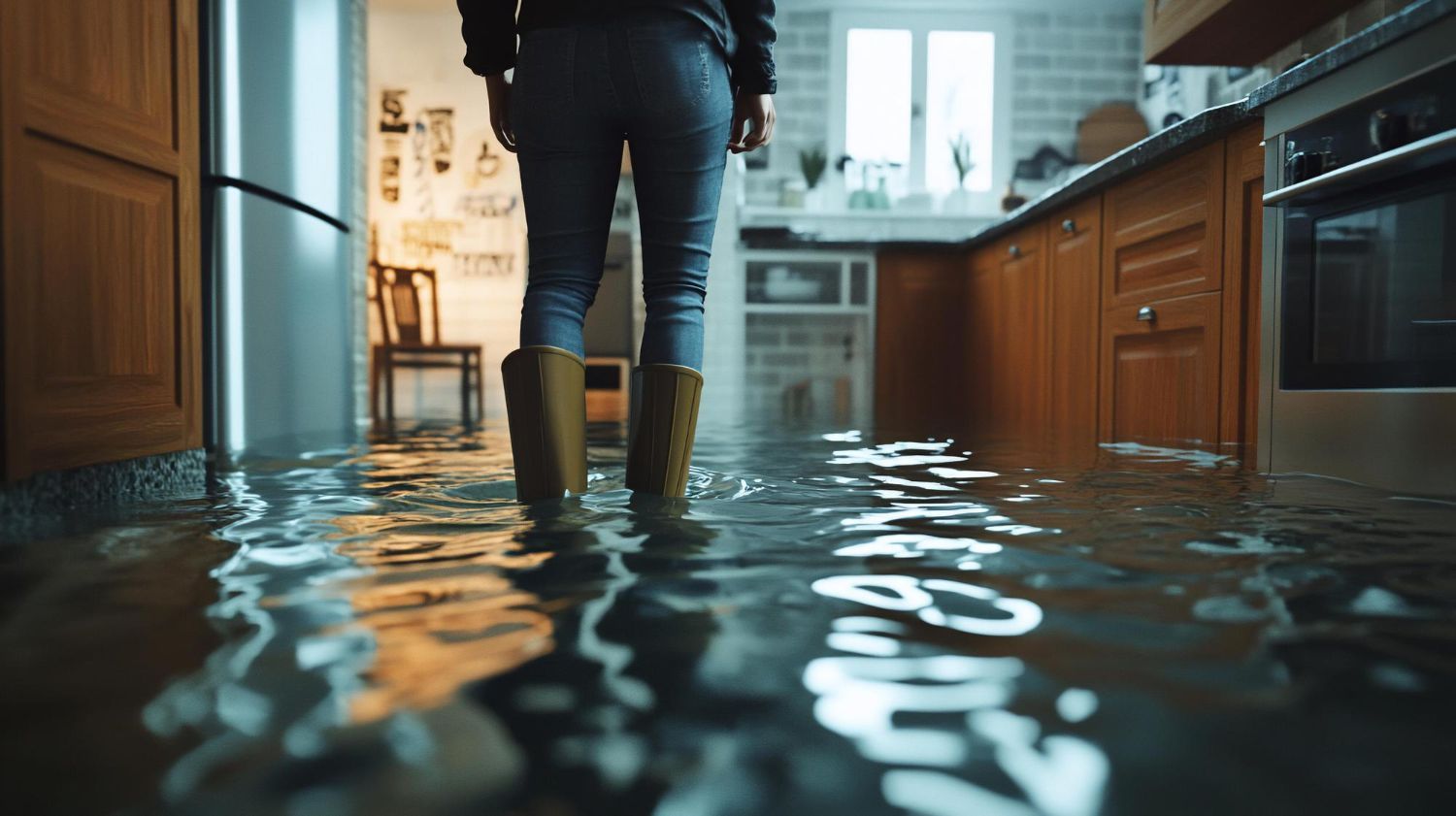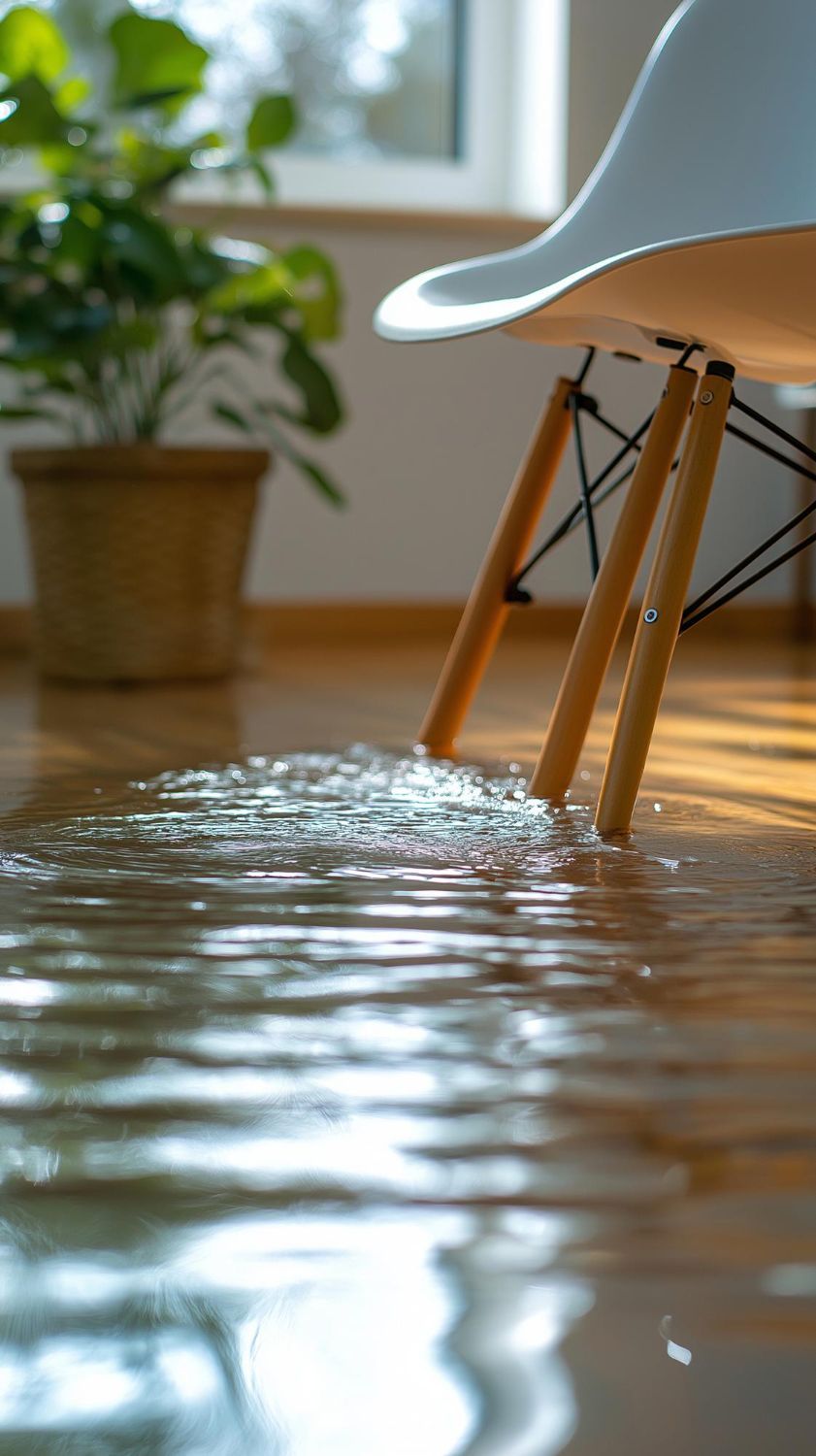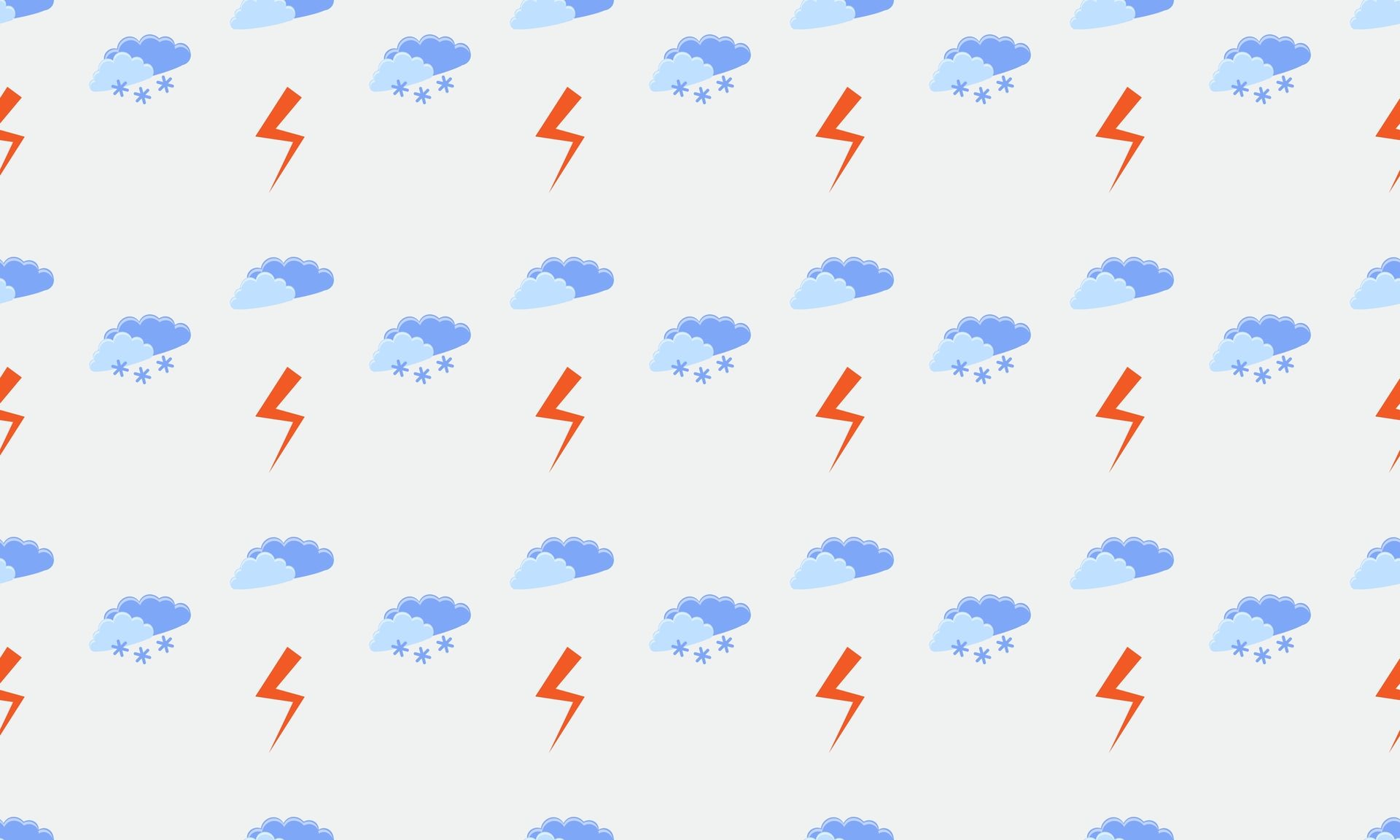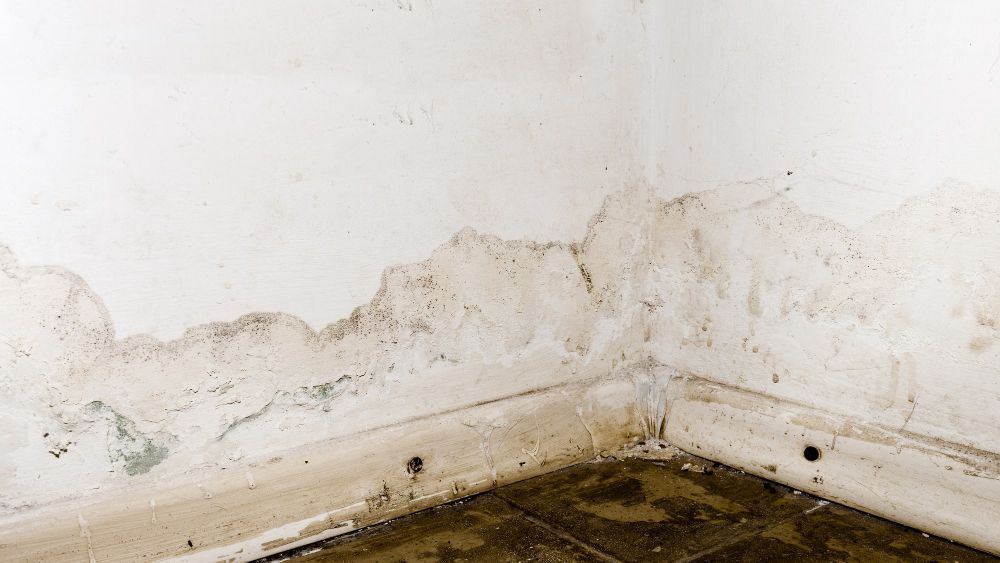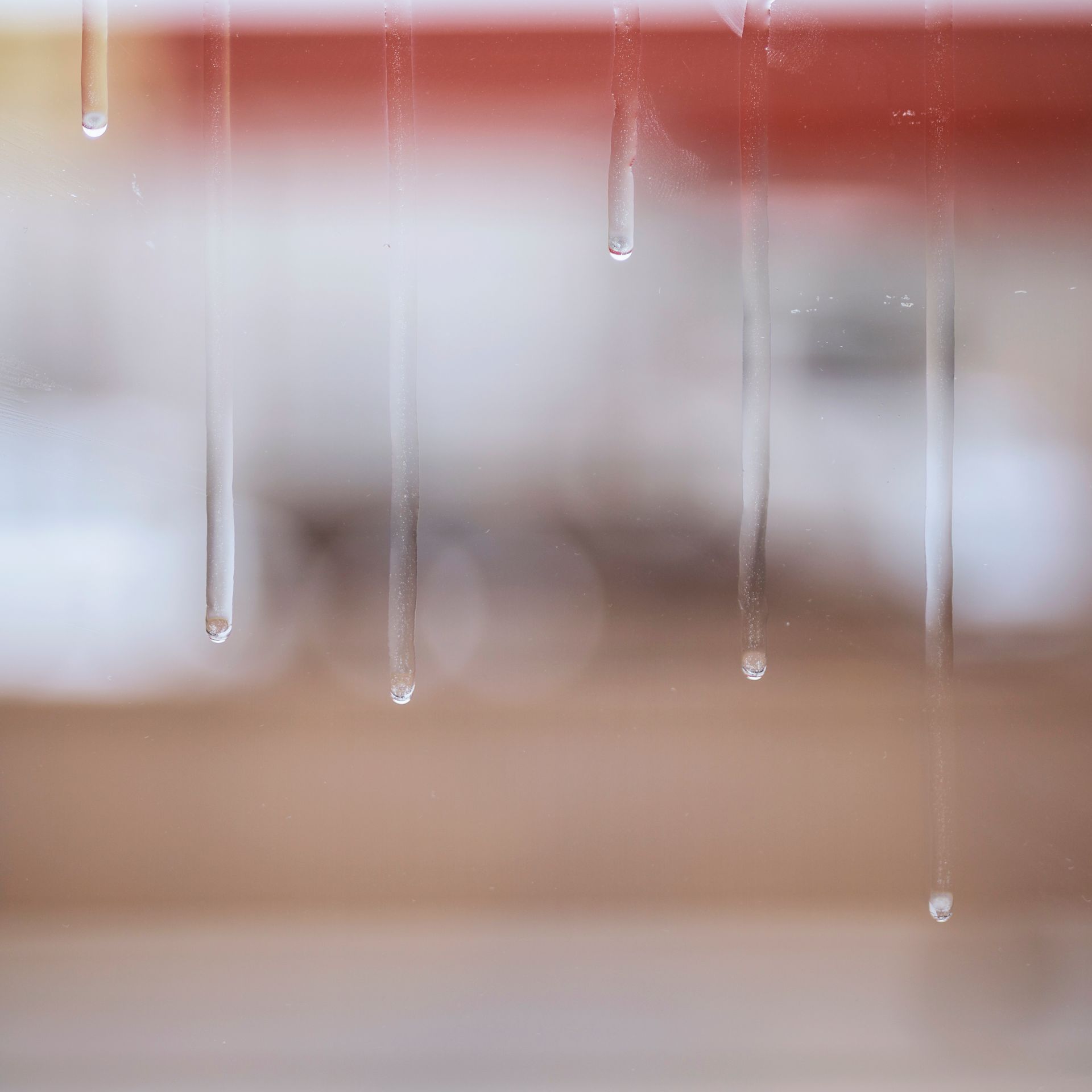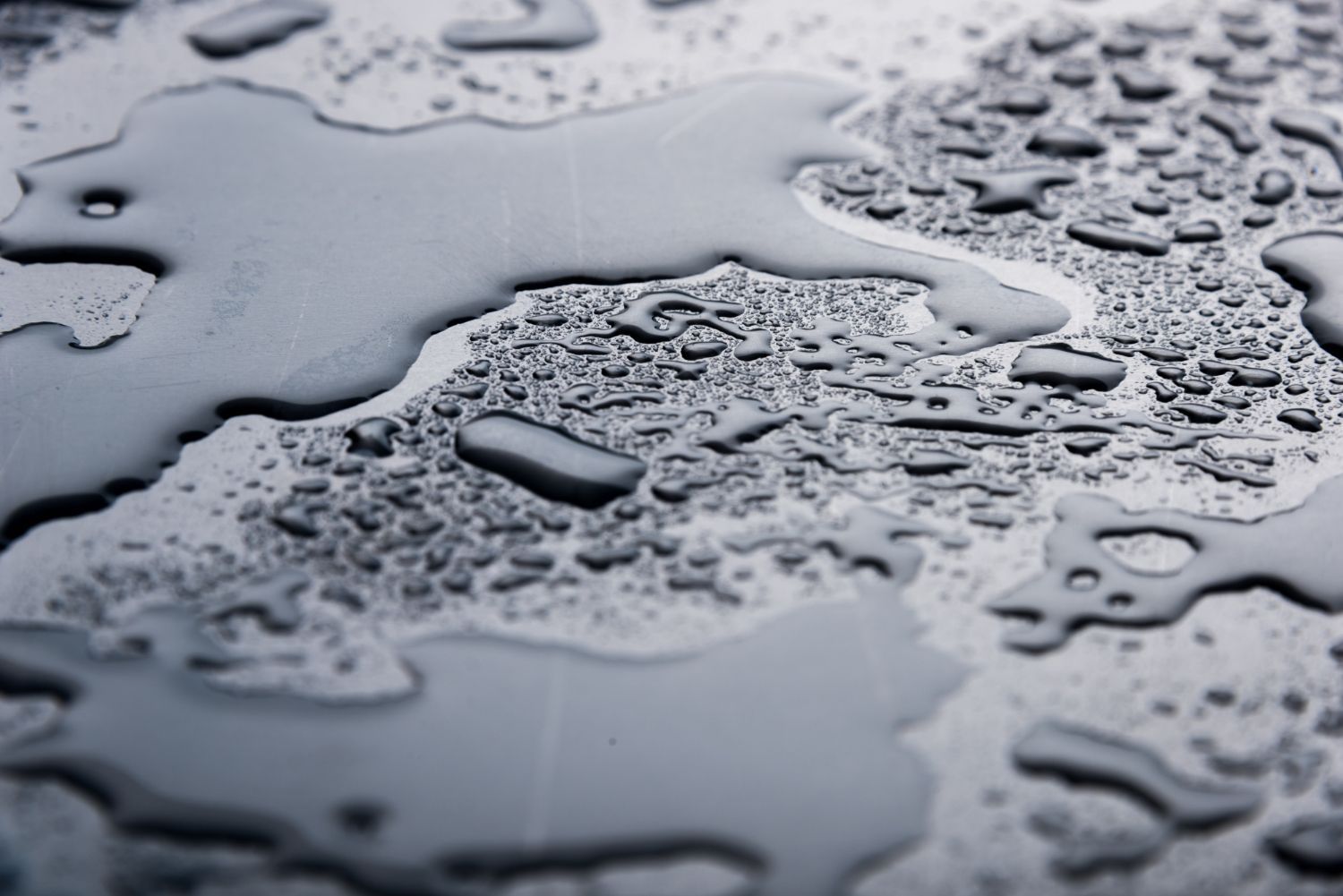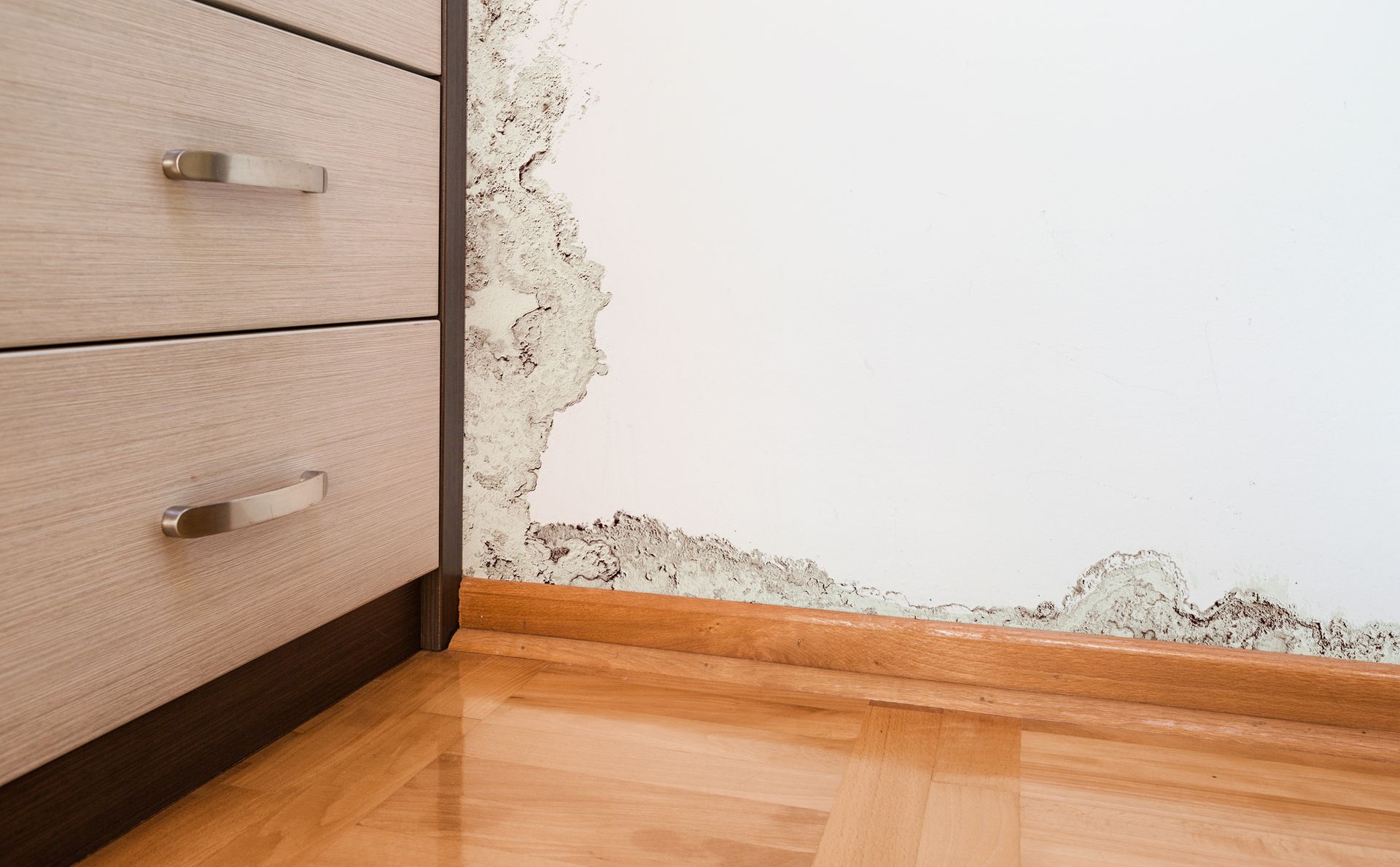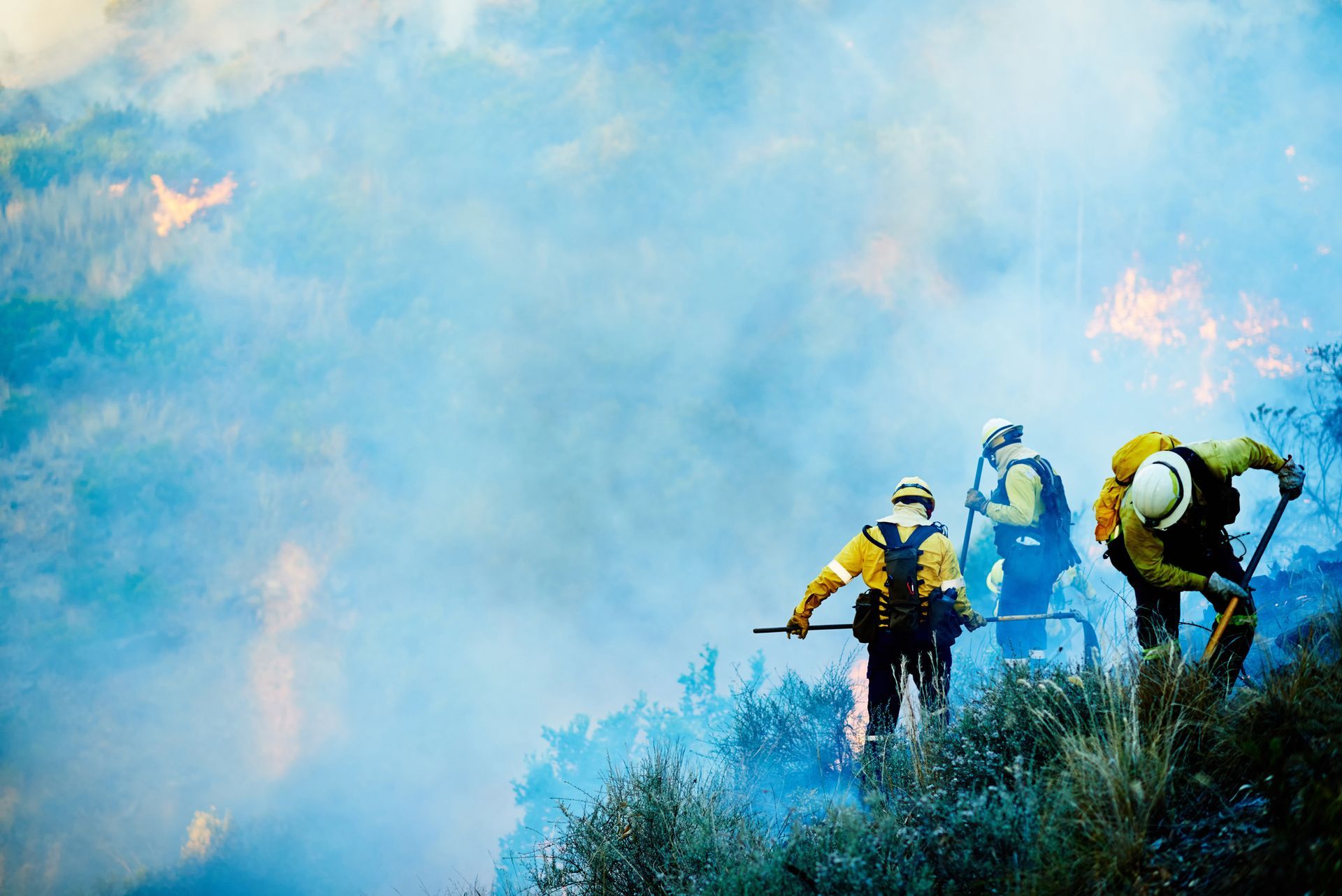Common Causes of Flooding in Homes and Businesses
Common Causes of Flooding in Homes and Businesses -Pueblo, CO
Flooding is one of the most common and destructive disasters, affecting homes and businesses alike. Whether it’s a small leak or a major water surge, flooding can cause significant property damage and disrupt daily life. Understanding the common causes of flooding can help you take proactive measures to protect your property and minimize risks.
1. Heavy Rainfall
Prolonged or intense rainfall is one of the leading causes of flooding, especially in areas with inadequate drainage systems.
- Impact: Overwhelmed drainage systems or saturated ground can lead to water pooling around homes or businesses, seeping into basements, and flooding ground floors.
- Prevention Tips: Ensure your property has proper grading, maintain clear gutters, and consider installing French drains or sump pumps.
2. Clogged or Broken Drainage Systems
When storm drains, gutters, or downspouts are clogged or damaged, they can’t effectively divert water away from your property.
- Impact: Water can back up and flow into basements, crawl spaces, or foundations.
- Prevention Tips: Regularly clean gutters and inspect drainage systems for blockages or damage.
3. Burst or Leaking Pipes
Damaged plumbing systems are a common cause of indoor flooding, especially in older properties or during freezing temperatures.
- Impact: Water can quickly spread through walls, floors, and ceilings, leading to extensive damage.
- Prevention Tips: Insulate pipes in cold climates, monitor water pressure, and perform routine plumbing maintenance.
4. Appliance Failures
Malfunctioning appliances, such as washing machines, dishwashers, or water heaters, can cause significant flooding inside homes and businesses.
- Impact: Water can spread to nearby areas, damaging flooring, walls, and personal belongings.
- Prevention Tips: Check hoses and connections regularly, replace old appliances, and address leaks immediately.
5. Roof Leaks
A damaged or aging roof can allow water to enter during heavy rain or snowmelt.
- Impact: Water infiltration can damage ceilings, walls, insulation, and even structural components.
- Prevention Tips: Inspect your roof annually for missing shingles, cracks, or weak spots, and address issues promptly.
6. Foundation Issues
Cracks or weaknesses in a building’s foundation can allow water to seep in, especially during heavy rains or when the surrounding ground is saturated.
- Impact: Water intrusion can lead to flooding in basements and weaken the overall structure.
- Prevention Tips: Seal foundation cracks, maintain proper drainage around your property, and ensure downspouts direct water away from the foundation.
7. Sewer Backups
Sewage systems can become overwhelmed during storms or due to blockages, causing wastewater to back up into homes or businesses.
- Impact: Flooding from sewer backups is hazardous and can expose occupants to harmful bacteria and pathogens.
- Prevention Tips: Install a backwater valve, avoid flushing non-degradable items, and schedule regular sewer line inspections.
8. Natural Disasters
Hurricanes, tropical storms, and rapid snowmelt can cause widespread flooding. Coastal properties may also be at risk of storm surges or tsunamis.
- Impact: These events can overwhelm flood defenses, causing extensive damage to properties and infrastructure.
- Prevention Tips: Invest in flood insurance, build flood barriers, and have an emergency plan in place.
9. Groundwater Seepage
In areas with high water tables, groundwater can seep into basements or lower levels during prolonged wet periods.
- Impact: Persistent water intrusion can lead to mold growth and long-term structural damage.
- Prevention Tips: Install a sump pump, waterproof your basement, and improve drainage around your property.
10. Dam or Levee Failures
When dams or levees fail, they can release massive amounts of water, flooding nearby areas.
- Impact: These events can cause widespread devastation in both residential and commercial areas.
- Prevention Tips: Stay informed about the condition of local dams and levees, and have an evacuation plan if you live near one.
Protecting Your Property
Flooding can happen unexpectedly, but taking preventive measures can reduce the risk and potential damage. Regular maintenance, proper drainage, and preparedness are essential for safeguarding your home or business from flooding.
If you’ve experienced flooding, Restoration 1 of Pueblo is here to help. Our expert team specializes in flood remediation and restoration, ensuring your property is safe, dry, and restored to its original condition.
Contact us today for reliable and professional flood restoration services in Pueblo, CO. Let us help you protect what matters most.


